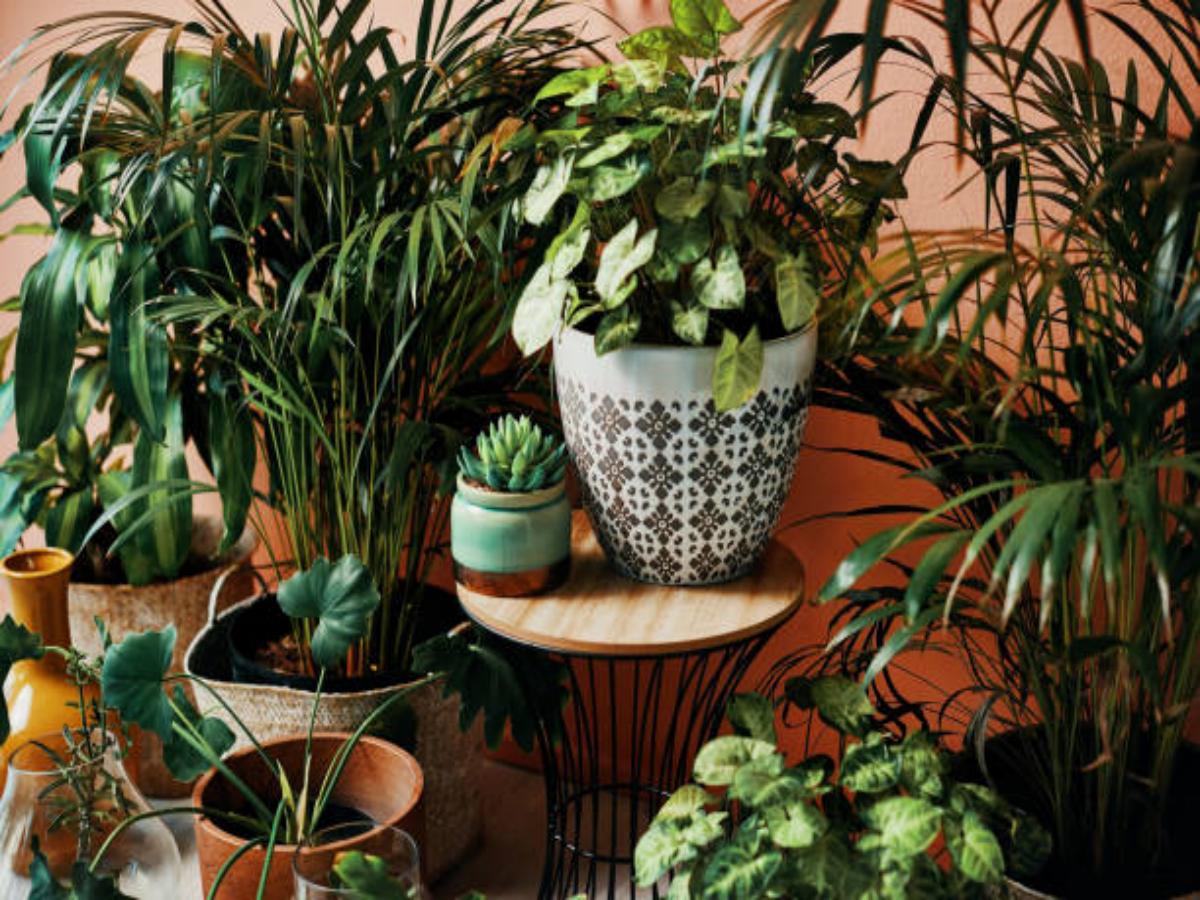Introduction
If you enjoy gardening and want to add a unique touch to your outdoor space, concrete flower pot molds can be a great investment. These molds allow you to create beautiful and durable flower pots in various shapes and sizes. In this article, we will explore the different aspects of concrete flower pot molds, including their benefits, types, and tips for using them effectively.
The Benefits of Concrete Flower Pot Molds
Concrete flower pot molds offer numerous advantages for both novice and experienced gardeners. Here are some key benefits:
- Durability: Concrete is a sturdy material that can withstand various weather conditions, making it ideal for outdoor use. Flower pots made from concrete molds can last for years without losing their shape or deteriorating.
- Customization: With concrete molds, you have the freedom to create unique flower pots in different sizes, shapes, and designs. This allows you to match your pots with your garden's aesthetic and personalize your outdoor space.
- Cost-effectiveness: Investing in concrete flower pot molds can be a cost-effective option in the long run. Once you have the molds, you can make as many flower pots as you need without the need to purchase new ones.
- Strength: Concrete flower pots are heavy, which makes them less prone to tipping over. This is particularly useful in windy areas or when you have taller plants in your pots.
Types of Concrete Flower Pot Molds
Concrete flower pot molds come in various types to cater to different preferences and gardening styles. Here are some common types:
1. Silicone Molds
Silicone molds are flexible and easy to use. They allow for intricate designs and details, making them perfect for creating decorative flower pots. These molds are also known for their durability and can be reused multiple times.
2. Plastic Molds
Plastic molds are lightweight and affordable. They are often available in a wide range of shapes and sizes, making them suitable for creating different types of flower pots. Plastic molds are easy to clean and maintain, but they may not last as long as silicone molds.
3. Fiberglass Molds
Fiberglass molds are known for their strength and durability. They can withstand high temperatures, making them suitable for creating larger or more complex flower pot designs. However, fiberglass molds can be more expensive compared to other types.
Tips for Using Concrete Flower Pot Molds
To ensure successful and satisfactory results when using concrete flower pot molds, keep the following tips in mind:
1. Prepare the Mold
Before pouring the concrete, make sure the mold is clean and free from any debris. Applying a mold release agent can also help in easy removal of the pot once it sets.
2. Mix the Concrete Properly
Follow the instructions provided with your concrete mix to achieve the right consistency. Avoid adding too much water, as it can weaken the final product.
3. Tap and Vibrate
After pouring the concrete into the mold, tap the sides gently to remove any air bubbles. You can also use a vibrating tool to ensure the concrete is evenly distributed and settles properly.
4. Allow Sufficient Curing Time
Concrete takes time to cure and reach its full strength. Follow the manufacturer's instructions for curing time and conditions. Avoid removing the pot from the mold too soon, as it may lead to cracks or deformation.
5. Decorate and Seal
Once the pot is completely cured, you can decorate it using paint, mosaic tiles, or other embellishments. Apply a sealant to protect the pot from weathering and enhance its longevity.
Conclusion
Concrete flower pot molds offer a versatile and long-lasting solution for adding beauty to your garden. By choosing the right type of mold and following the tips mentioned above, you can create stunning flower pots that will enhance the visual appeal of your outdoor space. Enjoy the process of molding and let your creativity flourish!

